DC Output Quality
For those of you that are curious as to some of the reasoning and equipment behind our PSU testing program here at TheFPSReview, we have put together an introduction for you that shares a lot of the behind the scenes of the program. This program is based on what the author developed at [H]ardOCP and utilizes the equipment bequeathed to the author by Kyle Bennett. The testing we are conducting today is exactly as described in that document and will continue with our examination of the DC Output Quality.
Control Test Graphing

This image is the blank background control test on an unused connector from our SM-8800 during the testing of the FSP Hydro G PRO 1000W. This lets us determine what the background noise looks like during testing.
120v Input


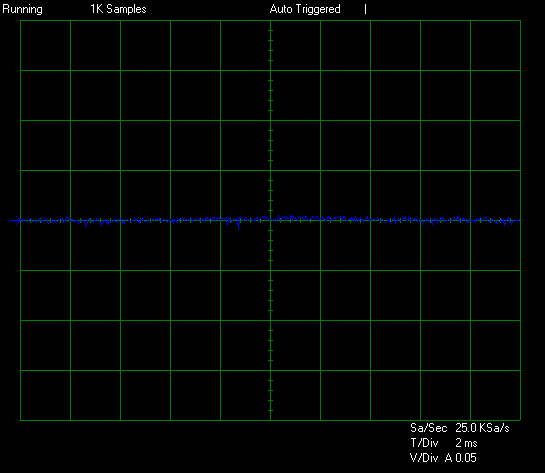
100v Input
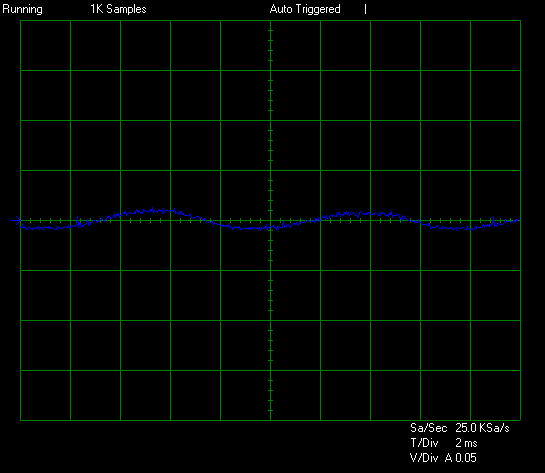

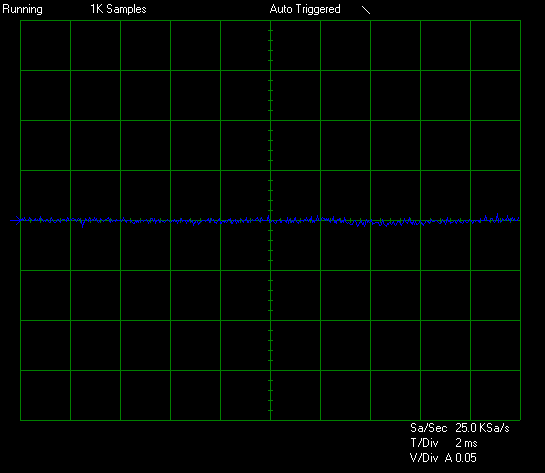
Test #1 is equal to approximately 25% of the rated capacity of the FSP Hydro PTM PRO 1200W at 45c. This makes Test #1 equal to 305W by loading the 12v rail to 23a, the 5v rail to 2a, the 3.3v rail to 1a, the +5vsb to 2a, and the -12v to 0.3a. The Hydro PTM PRO 1200W is starting off a bit active on the 12v rail. The 12v rail is peaking at ~20mV of ripple/noise, the 5v rail is peaking at less than ~1omV of ripple/noise, and the 3.3v rail is peaking at ~15mV of ripple/noise.
120v Input
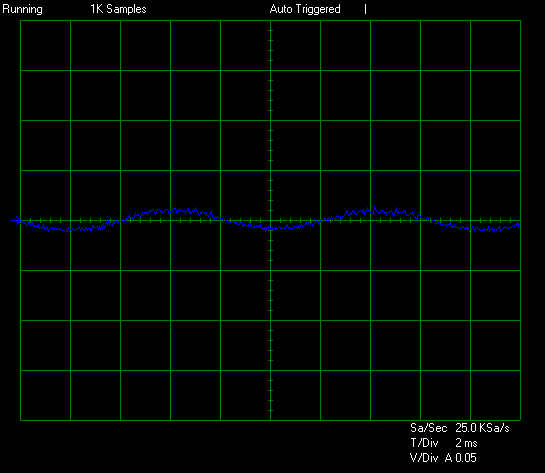
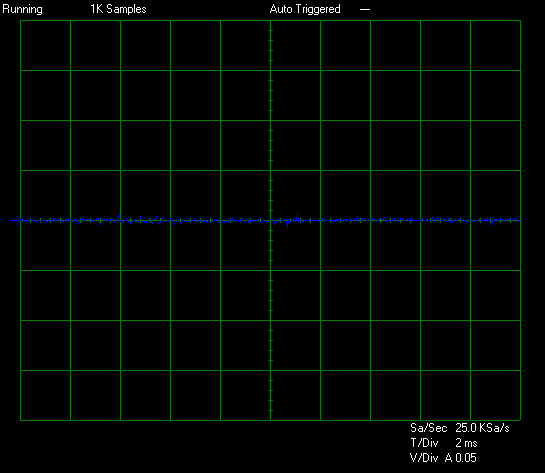

100v Input
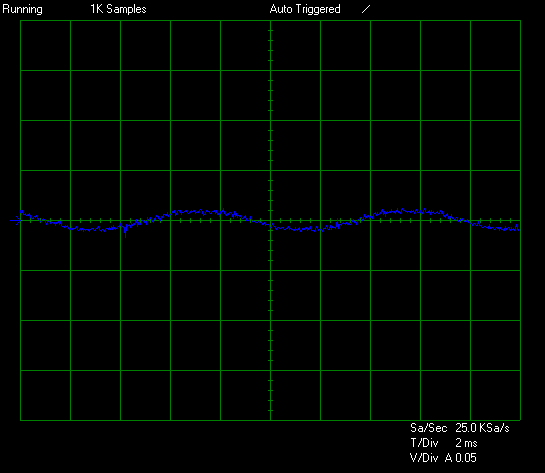
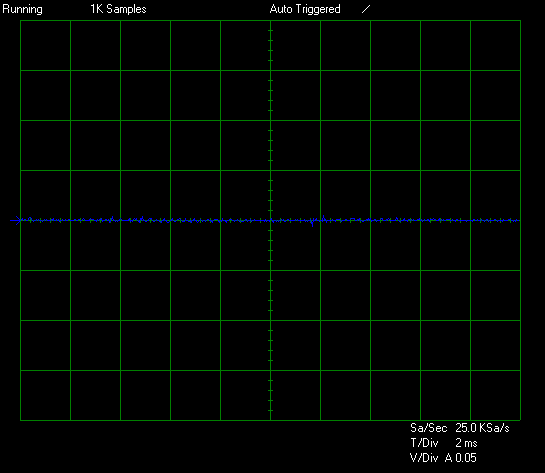

Test #2 is equal to approximately 50% of the rated capacity of the FSP Hydro PTM PRO 1200W at 45c. This makes Test #2 equal to 598W by loading the 12v rail to 46a, the 5v rail to 4a, the 3.3v rail to 3a, the +5vsb to 2a, and the -12v to 0.3a. Test #2 sees definite increases over the results from Test #1. The 12v rail is coming in at ~30mV of ripple/noise while the 5v rail is coming in at ~10mV of ripple/noise and the 3.3v rail is coming in at ~40mV of ripple/noise.
120v Input
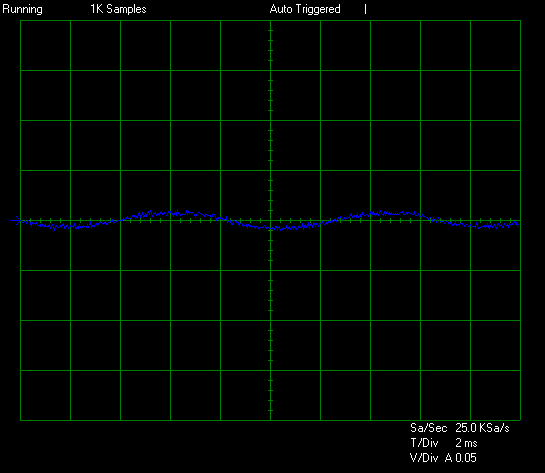
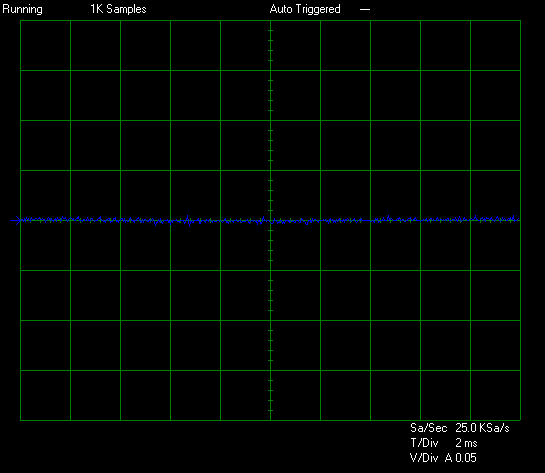
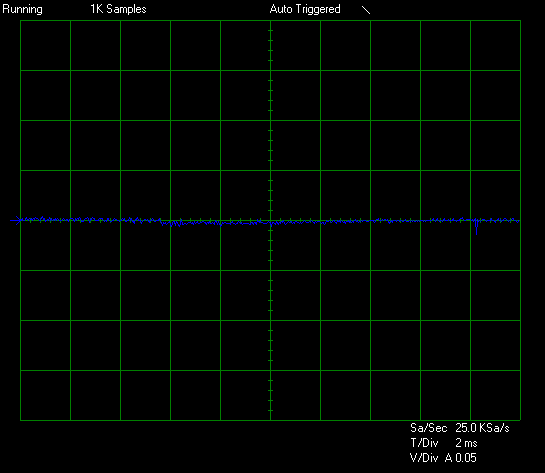
100v Input


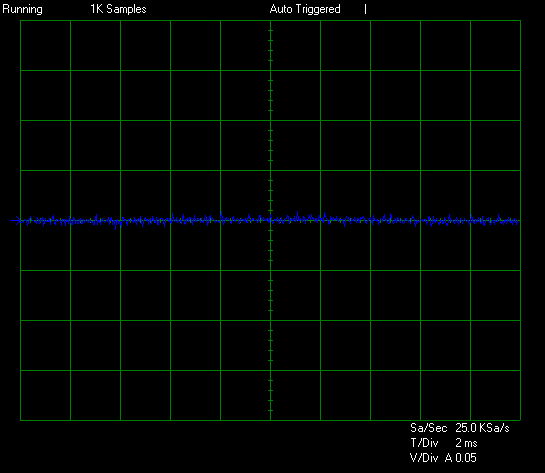
Test #3 is equal to approximately 75% of the rated capacity of FSP Hydro PTM PRO 1200W at 45c. This makes Test #3 equal to 907W by loading the 12v rail to 70a, the 5v rail to 7a, the 3.3v rail to 5a, the +5vsb to 2a, and the -12v to 0.3a. Test #3 sees the 12v and 3.3v rails come in at ~20mV of ripple/noise while the 5v rail hit ~10mV of ripple/noise.
120v Input

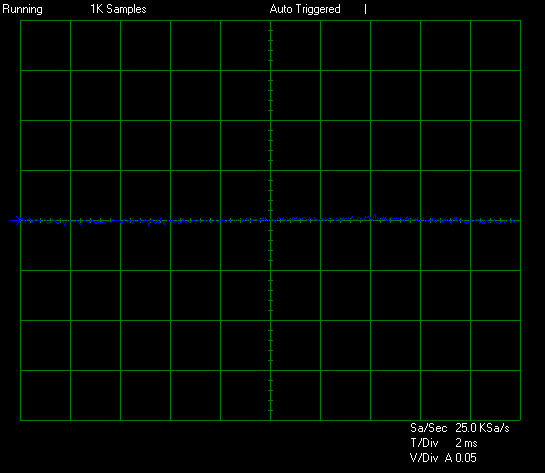
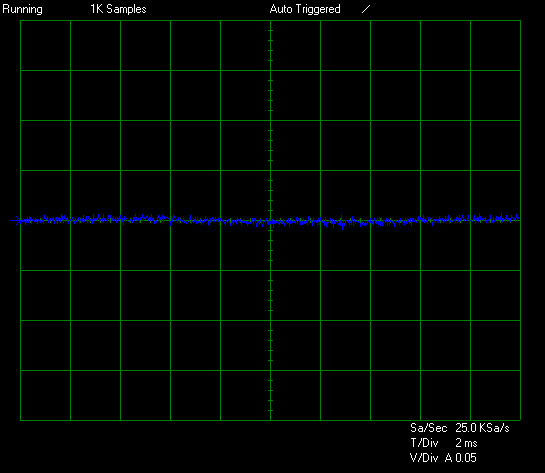
100v Input
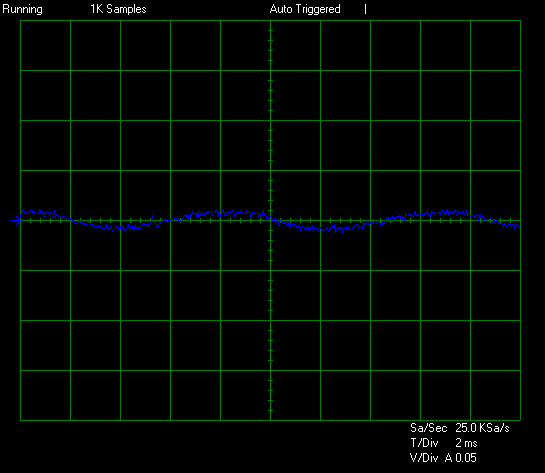
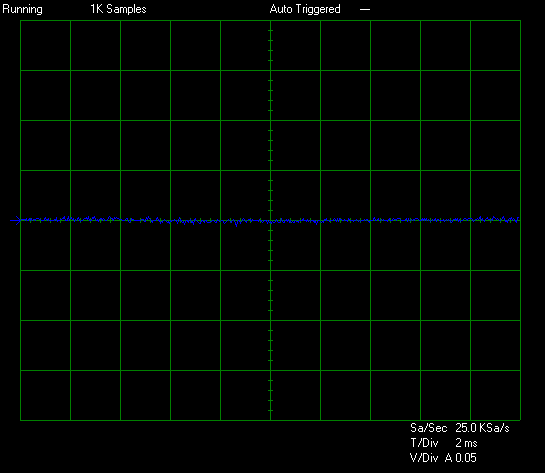
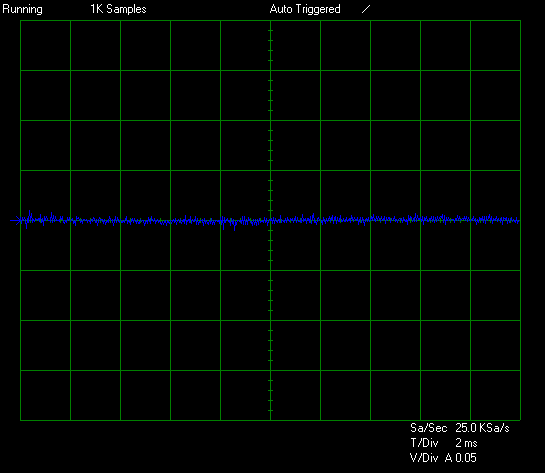
Test #4 is equal to approximately 100% of the rated capacity of the FSP Hydro PTM PRO 1200W at 45c. This makes Test #4 equal to 1187W by loading the 12v rail to 95a, the 5v rail to 5a, the 3.3v rail to 4a, the +5vsb to 2a, and the -12v to 0.3a. In the final regular test, we see the 12v rail peaking at ~25mV of ripple/noise while the minor rails are peaking at ~20mV (3.3) or ~10mV (5v) of ripple/noise.
Torture Test
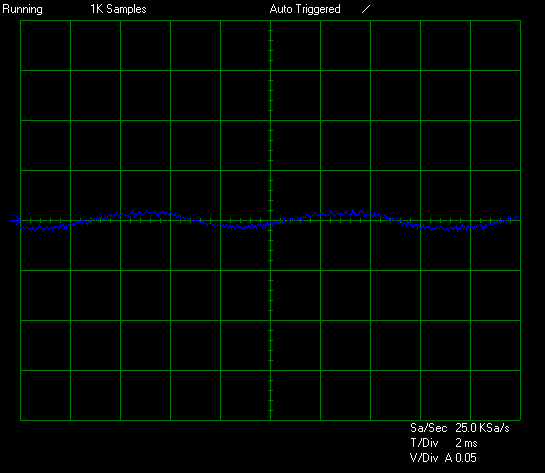

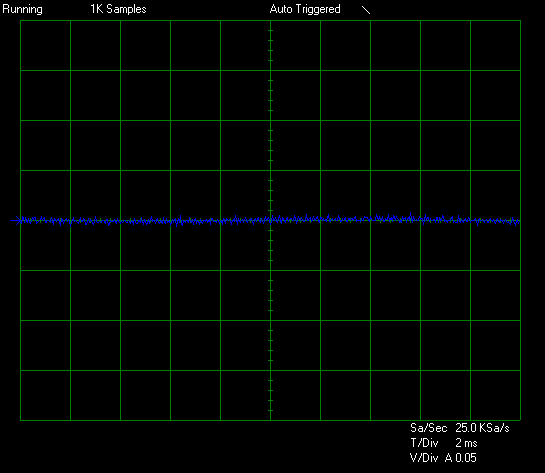
The Torture Test is equal to approximately 80% of the rated capacity of the FSP Hydro PTM PRO 1200W at 45C. This makes the Torture Test equal to 952W by loading the 12v rail to 72a, the 5v rail to 11a, the 3.3v rail to 6a, the +5vsb to 2a, and the -12v to 0.3a. At the end of the Torture Test, we see the 12v rail peaking at ~25mV of ripple/noise while the 5v rail is peaking at ~10mV of ripple/noise and the 3.3v rail is peaking at ~20mV.
DC Output Quality Summary
The overall DC Output Quality of the FSP Hydro PTM PRO 1200W is passing. The ripple/noise values on the 12v and 5v rails started the day off a bit active but barely grew from there. The 3.3v rail, however, started off VERY active but ultimately settled down a bit with higher loads. Overall, the Hydro PTM PRO 1200W ended up posting peak trace amplitudes on the 3.3v of ~40mV and ~25mV on the 12v rail. The 5v rail was better behaved, in an absolute sense, at ~10mV of ripple/noise. That said, the 3.3v rail is hitting 80% of the limit which is terrible. The other item of note here is that, in a relative sense, this unit is mixed with the SilverStone ST1200-PTS due to the 3.3v rail value only. So, all in all, the results are passing, but they aren’t great. Let’s move on now and see how all of this wraps up!
